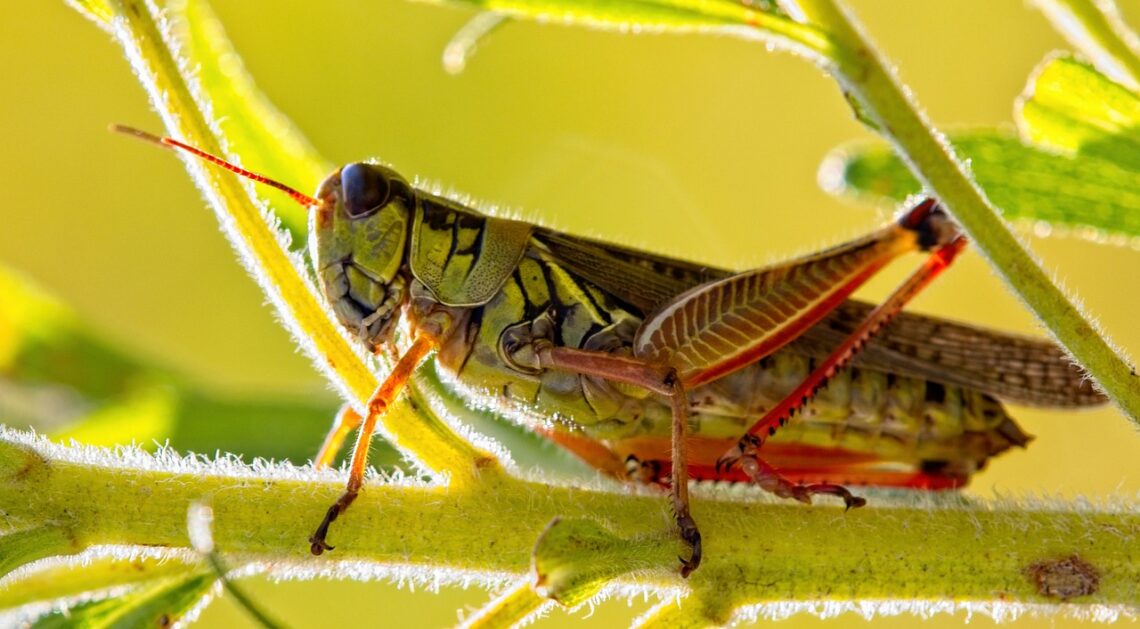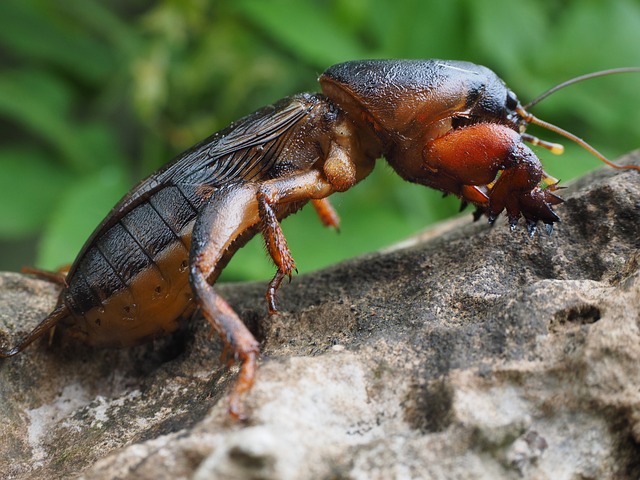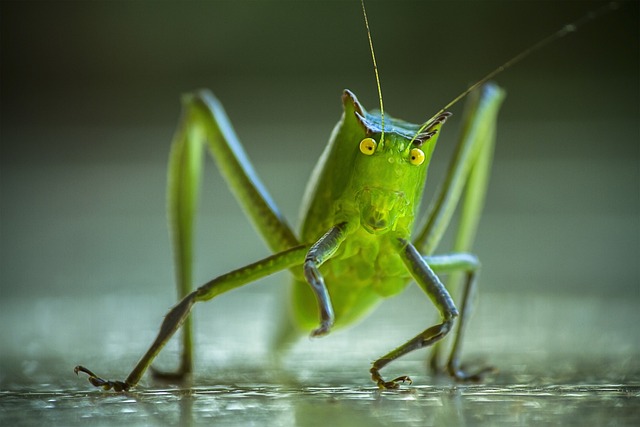
The Best Engaging Interesting Facts About Crickets
Interesting Facts About Crickets
Crickets are interesting creatures that are found in many parts of the world and have been around for millions of years. They are known for their chirping sound, which is made by males rubbing their wings together. Now it’s time to discover more interesting facts about crickets.
Crickets are also capable of jumping great distances and can live for up to two years. Crickets are nocturnal creatures and are most active at night.
They use their long antennae to help them find mates and detect predators. Did you know that the cricket’s ear is located on the tibia, or lower leg?
In some cultures, crickets are considered good luck. In China, they are often kept as popular pets. If you think that’s fascinating, read on for more interesting facts about crickets.
Different species of crickets
There are more than 2,400 species of cricket. They can be found on every continent except Antarctica. Crickets are nocturnal insects and are most active at night.
They are omnivorous and will eat just about anything, including other crickets. Some species of cricket can jump up to 20 times their own body length.
Crickets rub their legs together to create a chirping sound that is used to communicate with other crickets.
Crickets have compound eyes which consist of many small lenses. This gives them a wide field of view and the ability to see in low-light conditions.
The male cricket’s chirp is used to attract females and ward off other males.
Of those 2,400 types of cricket, species let’s take a look at a smaller number of the more common crickets.
Field crickets
In the United States, the common field cricket is black and brown and about three-quarters of an inch long. It is an omnivore.
The field cricket lives in the grass and can be found in fields, meadows, and forests. It has one generation per year. The western meadow katydid is brown with a light stripe down its back.
The average life span of a cricket is about two months. During that time, they will mate and lay eggs several times.
House crickets (Acheta Domesticus)
House crickets are a type of cricket that commonly inhabits houses. They are relatively small, reaching about 3/4 of an inch in length.
House crickets are brown in color and have long antennae. Despite their name, house crickets do not actually chirp. The males produce a sound by rubbing their wings together.
This sound is used to attract mates and ward off rivals. Females are attracted to males that can produce the loudest sound.
House crickets are omnivorous, meaning they will eat both plants and animals. Their diet consists mostly of other insects, but they will also eat items such as paper and clothing if food is scarce.
House crickets typically live for about two months although some house crickets can survive longer in homes, maybe up to two years or more
Mole crickets

Mole crickets are interesting insects that many people don’t know much about. These burrowing creatures can cause damage to crops and gardens, but they also play an important role in the ecosystem.
Mole crickets are found in tropical and subtropical regions around the world. They get their name from their burrowing habits – they tunnel through the ground like moles and make chirping noises like crickets.
Mole crickets are major agricultural pests in many parts of the world. They feed on roots and other underground plant parts, causing extensive damage to crops.
In some areas, they are controlled with pesticides, but this is not always effective. Mole crickets are also an important food source for many animals.
Interesting Facts About Crickets
Camel crickets
Camel crickets, also known as cave crickets or spider crickets, are insects that are found in dark, moist areas. They get their name from their humped back and long legs.
Did you know that camel crickets are not true crickets, but they are in the same family? Also, camel crickets are nocturnal creatures and are most active at night.
They are attracted to lights and can often be found near windows or doors. Camel crickets do not have wings and cannot fly.
They are omnivorous and will eat just about anything, including other camel crickets. They often enter homes through small openings and can become a nuisance if they invade in large numbers.
Interesting Facts About Crickets
Bush crickets
Bush crickets are relatively large insects that can be found in a variety of habitats. Although they are often considered to be pests, they can actually be quite interesting creatures.
Bush crickets belong to the family Tettigoniidae, which contains approximately 4,600 species. They are distributed throughout the world, but most species are found in tropical regions.
Bush crickets range in size from 5 to 50 mm (0.2 to 2 inches). The largest species is the giant weta of New Zealand, which can reach a length of 70 mm (2.8 inches) and weigh up to 35 grams (1.2 ounces).
Bush crickets are usually light brown or black, but some species can be green, blue, or reddish. They have long antennae and powerful jaws.
The forewings of most bush crickets are very short and do not cover the hind wings.
Tree crickets
Trees provide the perfect habitat for crickets. The insects are able to climb the trunk and hide in the leaves, making it difficult for predators to spot them.
Crickets are also attracted to trees because of the abundance of food. The leaves and bark of trees are full of nutritious minerals and insects that crickets love to eat.
Some species of crickets are even able to swim through the water that collects in tree branches.
Crickets are nocturnal creatures, so they are most active at night. This is when they come out to feed on the leaves and bark of trees.
Crickets are also known to make a chirping sound by rubbing their wings together. This noise is used to communicate with other crickets and attract mates.
Tree crickets are an important part of the ecosystem. They help to control the population of other insects and play a role in decomposing dead plants and animals. Discover Interesting Facts About Worms next.
How many eggs do female crickets lay
The female cricket can lay up to 400 eggs at a time. The female cricket lays her eggs in the soil, where they hatch into nymphs.
Nymphs look like adults but are smaller and lack fully developed wings. As nymphs mature, they molt several times before becoming full-grown adults with wings.
Crickets are active at night and during warm weather conditions and spend most of their time eating plants or other insects.
During the winter months, they dig holes in the ground to protect themselves from freezing temperatures. Crickets are also used as bait by fishermen and are considered a delicacy in some cultures.
Interesting Facts About Crickets
The number of chirps a cricket makes

Crickets are interesting creatures that most people know very little about. Did you know that the number of cricket chirps a cricket makes can tell you the temperature outside? It’s true!
The next time you hear a cricket, see if you can count the number of chirps in 15 seconds and then add 37 to that number. The result will be pretty close to the actual temperature in degrees Fahrenheit.
Here’s how it works: crickets are cold-blooded, so their body temperature changes with the temperature of their surroundings. They chirp faster when it’s warm and slower when it’s cold.
So, by counting the number of chirps in 15 seconds and adding 37, we can get a good estimate of the cricket’s body temperature… which is also the temperature of its surroundings.
Cricket fighting is a popular pastime
Cricket fighting is a popular pastime in many parts of Southeast Asia, particularly in China. Also, cricket fighting is still a popular sport, with competitions being held throughout the country.
Interestingly cricket fighting dates back centuries in China, and has been a popular form of entertainment for both the rich and the poor.
Cricket fighting is also a huge commercial enterprise in China, with over 10 million cricket fighting fans reportedly spending over $1 billion per year on the sport.
One of the most popular cricket fighting arenas in Beijing holds up to 5000 patrons. The rules of cricket fighting vary from place to place.
However, most cricket fighting arenas divide the arena into two sections, with one side representing the north and the other representing the south. The crickets are kept in a central area, or “stage” where they fight to the death.
Fun facts about Jiminy Cricket
Jiminy Cricket is a popular character from the Walt Disney movie Pinocchio. He is a talking cricket who acts as a conscience for the young boy.
Here are some interesting facts about this beloved character:
- The voice of Jiminy Cricket was provided by Cliff Edwards, who was also known for singing “When You Wish Upon A Star.”
- The character was based on a real cricket that Walt Disney kept in a cage in his office.
- In the original script, Jiminy Cricket was supposed to die at the end of the film! Walt Disney decided against this, however, and Jiminy went on to star in several other Disney projects.
- Jiminy is one of only two insects to have been given an Academy Award – the other being Flik from A Bug’s Life.
- The character was named after a young boy that Disney had met while vacationing in the Smoky Mountains.
- Jiminy’s theme song “When You Wish Upon A Star” is one of the best-loved songs of all time.
Interesting facts about Crickets

Let’s finish with a brief look at the three main body parts of a cricket.
Front wings
There are many interesting facts about crickets, but did you know that their front wings are one of the most interesting parts of their anatomy? Here are a few fun facts about these unique wings:
Crickets have two pairs of wings – the front pair are called tegmina and the back pair are called alae.
Did you know the tegmina are larger and thicker than the alae and they protect the cricket’s body?
Also, the alae are used for flying and they are much thinner and more delicate.
The veins in a cricket’s wings help to support them and give them strength.
Crickets can flap their wings up to 600 times per minute!
Interesting Facts About Crickets
Front legs
Crickets are known for their unique way of moving around – by jumping on their hind legs. But did you know that they have interesting facts about their front legs as well? Here are some interesting facts about cricket’s front legs:
Did you know that cricket’s front legs are different from its back legs? Their back legs are longer and stronger, while their front legs are shorter and weaker.
This is because they use their back legs to jump, and their front legs are used for walking.
What else can cricket’s front legs do? They can also be used for digging! Crickets have sharp claws on their front legs that they use to dig burrows.
These burrows provide them with a safe place to sleep during the day and protect them from predators at night.
Finally, crickets use their front legs to groom themselves.
Hind legs
One of the most interesting things about crickets is their hind legs.
Here are some facts about these fascinating limbs.
Crickets have two pairs of legs, each with a different function. The front legs are used for walking, while the hind legs are used for jumping.
The hind legs are much larger than the front legs and are equipped with special muscles that allow the cricket to jump up to 50 times its own body length.
Interestingly the large size of the hind legs also allows crickets to make a loud, chirping noise by rubbing their legs together.
This noise is made by males to attract mates and warn off other males. Females also use their hind legs to dig burrows in which they lay their eggs.





One Comment
Pingback: